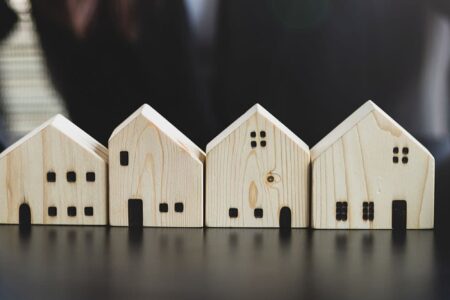Getting around Milan: practical tips on public and private transportation
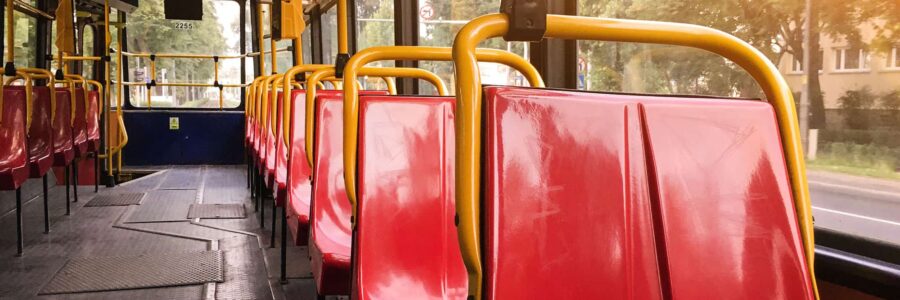
Milan’s multifaceted metropolis
If you ever happen to ask a Milanese person how he or she gets around the city, he or she will tell you that it all depends on where you need to go, what you need to do, who you need to meet, what the weather is like, and so many other variables; because it’s true, Milan really does offer so many opportunities when it comes to transportation.
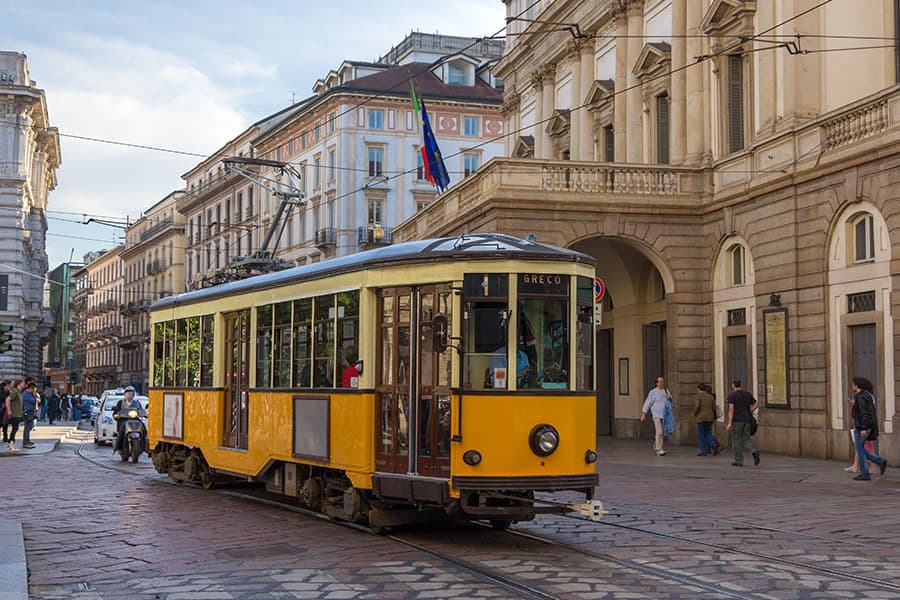
The city of Milan is famous for being the metropolis of business, where the economy of Italy runs and where students come to study. All very true; it is no coincidence that Milan is the second most populous city in Italy, right after Rome. But it is also true that it falls completely out of the ranking when we look at another parameter instead: surface area. Here we always find Rome in the lead but Milan, does not even make it into the top 100 cities, this is because it is a city that covers 181.67 km².
This a Milanese would have told you even without looking at ISTAT data, it’s simple: Milan is possible to get around even a few hours, just 2 if you want to get to the other side of the city on foot. Therefore, today we will give a few pointers on the ways in which you can wander around the city of fashion, offering many alternatives: it will then be up to you to figure out which option is right for you. Let’s start by dividing the means into two macro categories: public and private.
Public transportation
If there is one form of public transportation that the Milanese could never give up, it is the subway, known as the Metro. Operated by the ATM, Azienda Trasporti Milanesi, also offers streetcar, bus and coach service. As the name suggests, the company covers most of the city’s territory, plus a few neighboring municipalities.
Theoffer of tickets and subscriptions is varied: there are the classic €2.20 for a 90-minute duration, there are daily, 3-day, and 10-trip carnets, as well as weekly, monthly, or annual subscriptions. All these types can be purchased online, at ticket machines, newsstands and authorized tobacconists, or even from the official app, where you can also consult timetables, maps, routes and information about the service.
In second position, right after ATM, is the infamous Trenord. Those who usually commute know this company well, because it is known for its chronic delays-which is why the Milanese prefer to use ATM (but don’t tell Trenord that).
It is, in more technical terms, a joint venture between Trenitalia and the Ferrovie Nord Milano (FNM) Group. For getting around the city of Milan, it is certainly the least convenient choice when compared to ATM’s subway service, but what differentiates it from the former company is precisely that it manages to intercept the entire Lombardy region. It is no coincidence that Trenord offers connections between major tourist locations, such as Bergamo, Como, Mantua, Lecco, Pavia, and Sondrio.
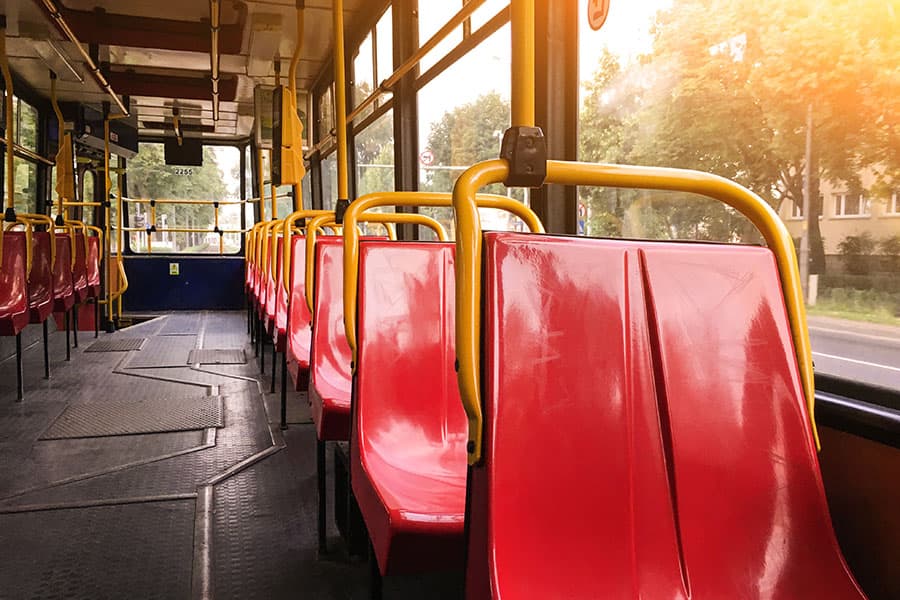
If you want to use Trenord for the city of Milan, you can already use the classic ATM ticket, because there is already an integrated fare (the so-called STIBM: Sistema Tariffario Integrato del Bacino di Mobilità Milano e Monza Brianza: Integrated Fare System of the Milan and Monza Brianza Mobility Basin) that allows you to use the means of both companies. Again, you can buy the ticket at the stations, identified with the symbol S (suburban line), or through theapp, where you also have the possibility to see the progress of the trains in real time.
The last mode proposed for getting around the city of Milan is the cab. We are not sure whether to call it a quiet option because you know that Milan is a bit of a jungle, and it will often happen that you will hear honking horns or people gesturing in the car making gestures that we cannot say. BUT we still want to call it quiet for the simple reason that you are not the one driving; so yes, the cab is a good alternative. Be careful not to fall into any pitfalls, though; you may have to deal with sly taxi drivers-especially when it comes to tourists-who try to extract some extra money by running the meter. Our advice is to always check the route before jumping into a cab. On the downside compared to the previous options is that this is definitely not the cheapest alternative, in fact, perhaps the most expensive one, but rest assured that you will get rid of the Milanese chaos.
Sharing is the new mobility
Milan is certainly the Italian capital of smart mobility: you can use car sharing services, bike sharing, scooter sharing, scooters; in short, everything is shared.
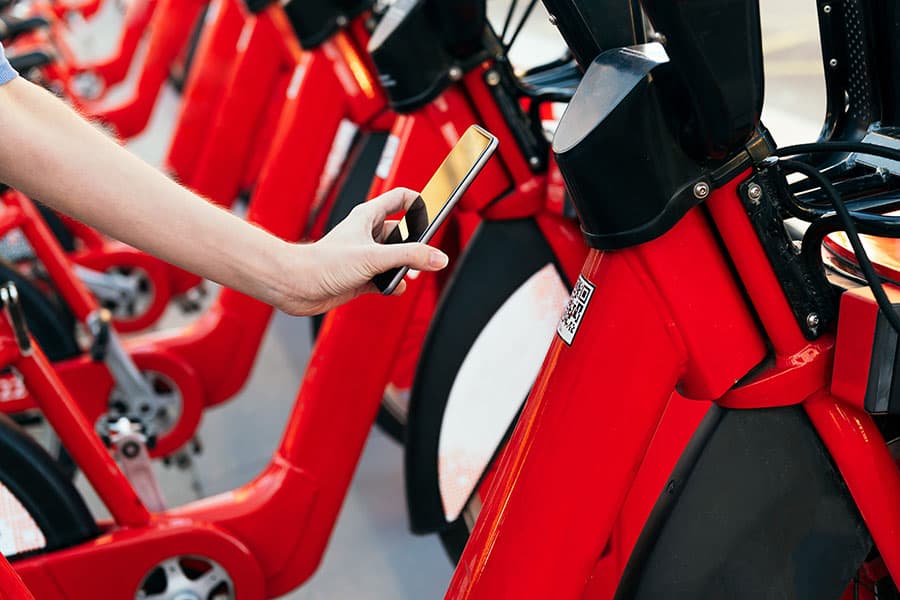
Pros of this mode are many:
- you don’t have to worry about where you go, because you will always tend to find a vehicle to use;
- there are no vehicle maintenance charges
- it is possible to enter area C and area B in Milan
Cons:
- Is not yours, so you still have to take care of it
Prices, on the other hand, we feel it is appropriate to classify them as pros or cons since they may be too high for some people, but it depends on your budget.
However, the municipality of Milan offers a page dedicated to sharing services on its website, where you can view all the companies that offer this service, and all the information related to the sharing service itself.
Private means of transportation
Let us now turn to the category of private vehicles, which are all those vehicles that are used by the private citizen or simply refer to private companies.
NCC, an acronym for Noleggio con Conducente, a private transportation service that differs from a cab for one main reason: the route and cost are agreed upon before departure. In fact, it is possible to book by phone, or through a website or app.
Sheds are the only parking areas allowed for this type of service, in addition to the parking areas identified ad hoc by municipalities. If you are not sure if the car that has come to pick you up is an NCC, just check the license plate, it will have to contain a distinctive mark with NCC written on it. Let’s say that it will be like a personalized and private transportation service, and by virtue of this it will also inevitably be more expensive than any other cab.
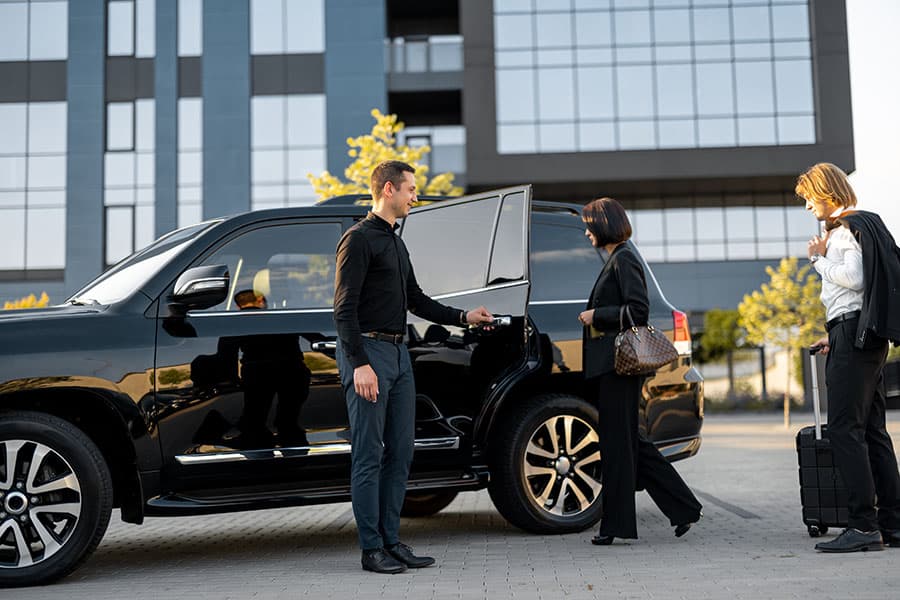
Another alternative could be to rent a rental car, an option we recommend if you have to get around the city a lot in the evening and want more autonomy, or if you also prefer to go to cities bordering the center. In this case scenario, what we recommend you pay attention to is preciselyMilan’sArea C: this is a restricted traffic zone that includes the historic center of the city, access to which is precisely limited to certain types of vehicles. Always check if your vehicle can circulate in Area C here and check the where the access gates are located. However, it is a zone subject to a certain time slot: from 7:30 a.m. to 7:30 p.m., in which it is also possible to enter with restricted cars by paying a ticket.
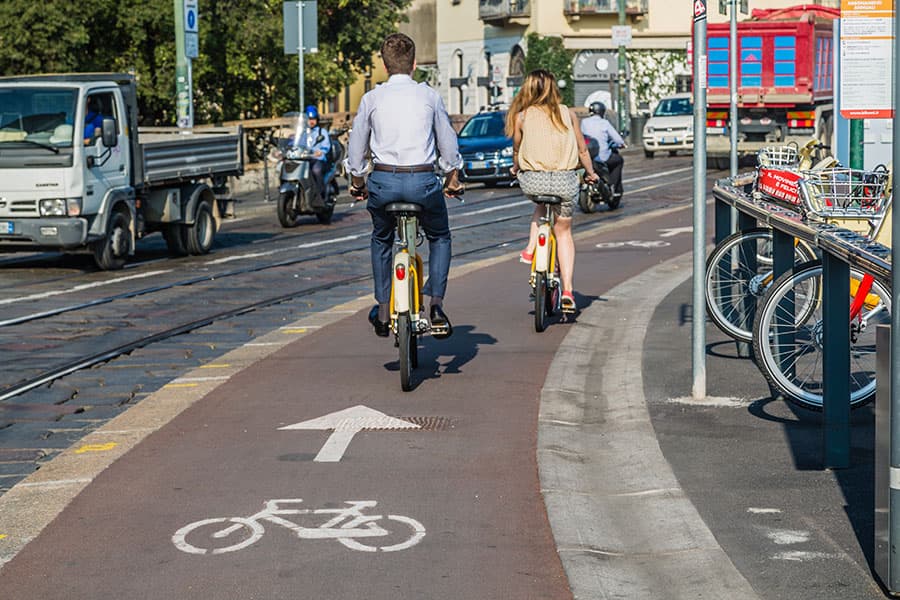
On the other hand, one means of transportation that is certainly being discussed in Milan is the bicycle. Ecological, healthy and economical, it is also one of the means that, unfortunately, is suffering/causing a high rate of accidents. Let’s admit in all honesty, that Milan is not Amsterdam: certainly a lot is being done to incentivize this means, bike lanes are being created in the city, but what is still missing is a real road education of everyone: by those who drive bicycles, who sometimes do not respect the rules of the road and do not use the proper precautions, as well as by cars that must also respect the limits provided by law. Our advice, if you choose this means of getting around the city, is to always ride carefully, and where possible in designated bike lanes.
Last option, but one that we perhaps included more as a provocation: feet. Well yes, walking is perhaps the easiest and most natural way to discover the city of Sant’Ambroeus (Ambrose in Milanese dialect). The pedestrian areas are many, as are the tourist attractions; by walking around the city you will get to see much, but much more: walking around in the famous Sempione Park sung by Elio e Le Storie Tese, strolling through the magnificent streets of Brera or the Art Nouveau neighborhoods, admiring the igloo houses of the Maggiolina district, the rainbow district of Via Lincoln, and much more.
This in our opinion is the REAL Milanese mood, the best way to get around the city.



